1. Route 66, Illinois to California
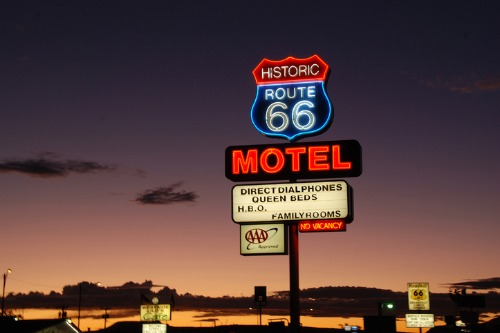
Once called “The Mother Road,” Route 66 was the artery of American wanderlust. From the neon motels of Tulsa to the dusty diners of New Mexico, this route was less about getting somewhere and more about being on the way. It symbolized a time when families packed station wagons with picnic baskets and paper maps, not playlists and GPS. Every stretch of cracked pavement seemed to hum with the promise of something better just over the horizon.
Now, much of Route 66 has been bypassed by interstates, its small towns left like museum exhibits of mid-century optimism. The rusting car lots and faded billboards whisper stories of a more innocent kind of adventure. Yet, travelers still come for the nostalgia, chasing a version of freedom that once came cheap and easy. In its quiet emptiness, you can almost hear the echo of a thousand engines headed west.
2. The Pacific Coast Highway, California
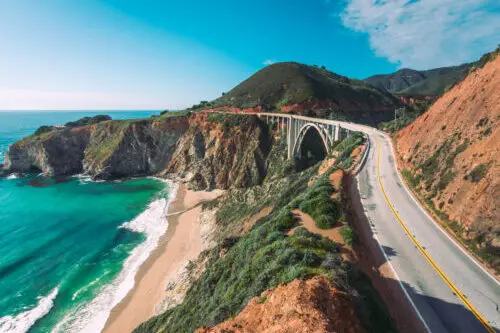
Few roads have inspired as many road-trip dreams as California’s Highway 1. Stretching from Dana Point to Leggett, it hugs cliffs that tumble into the Pacific, with every curve offering a new postcard. For decades, it was the quintessential “windows down, hair flying” route — the kind you took when you wanted to feel small against something vast. The journey itself was the reward, even if you didn’t know where you were headed.
Today, landslides and erosion threaten parts of the road, closing beloved sections for months at a time. Traffic jams and social media stops have changed the pace, trading solitude for snapshots. Still, when the fog lifts near Big Sur and the light hits just right, it’s easy to feel what travelers once did — that fleeting, salt-soaked freedom. You can’t own that feeling, only borrow it.
3. The Great River Road, Minnesota to Louisiana
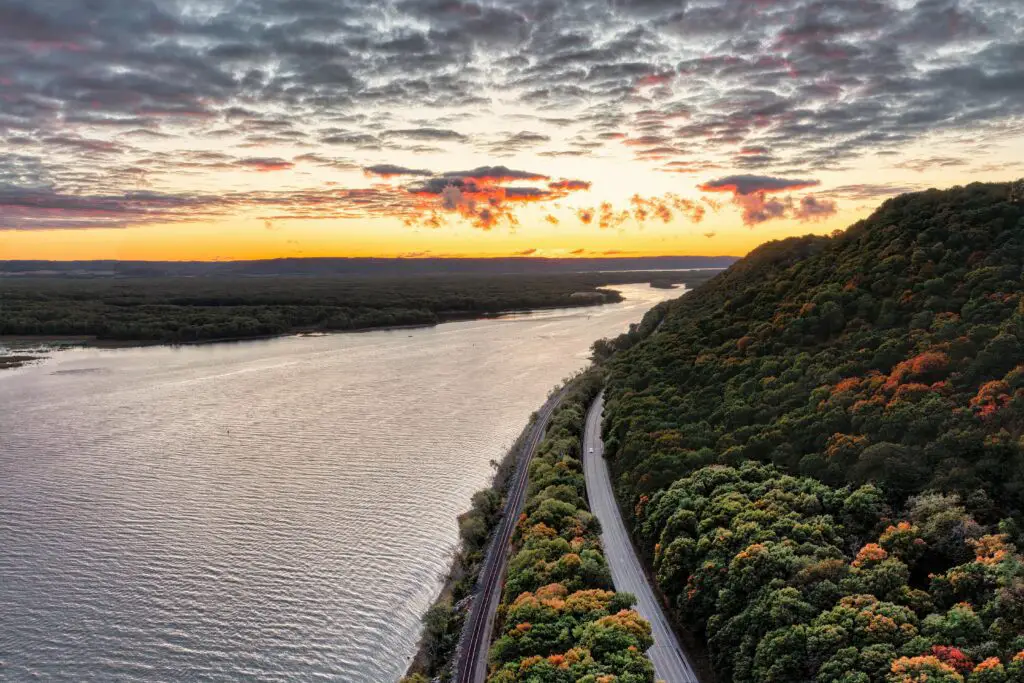
Following the Mississippi River from its headwaters to the Gulf, the Great River Road once offered a cross-section of America itself. Farmers, dreamers, and musicians all shared the same view of that winding waterway. In the ’50s and ’60s, it was the long drive south that felt like a pilgrimage to the heart of the blues. The road connected more than states — it connected moods, music, and memory.
But as interstates took over, travelers began flying past the small river towns that gave this route its soul. The diners with gumbo and gospel on the radio now serve mostly locals. What remains is a slower road, one that demands patience and rewards curiosity. It’s freedom on a different timeline — the kind that asks you to listen instead of rush.
4. Blue Ridge Parkway, Virginia to North Carolina
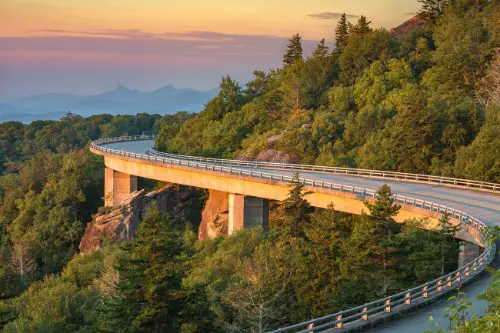
Nicknamed “America’s Favorite Drive,” the Blue Ridge Parkway once felt like an escape hatch from the grind. With no billboards, stoplights, or commercial clutter, it offered nothing but endless Appalachian views and the scent of wildflowers in the air. It was a road that reminded people how to breathe. Every mile felt like a postcard written to yourself.
Today, its popularity has turned some overlooks into parking lots on weekends. But even with the crowds, the mist rolling through the mountains still feels timeless. The parkway asks you to slow down — the speed limit is just 45 mph — and that’s part of its magic. Freedom here isn’t speed; it’s surrender.
5. U.S. Route 1, Maine to Florida
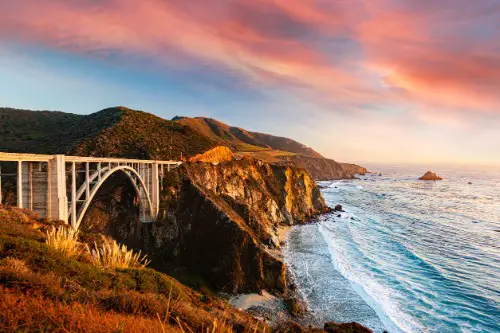
Long before I-95, there was Route 1 — a ribbon of pavement that connected the cold coasts of Maine to the subtropical breezes of the Keys. It was the original East Coast adventure, tracing colonial towns, lobster shacks, and beach motels along the way. Soldiers returning from WWII took it, as did newlyweds chasing palm trees. It was freedom in the form of a straight line.
Now, much of Route 1 is congested and commercialized, lined with strip malls and stoplights. But pieces of its old soul remain — like the Seven Mile Bridge in the Keys or the rocky curves of Maine’s coast. If you squint, you can still see the ghosts of family sedans loaded with luggage and hope. It’s a reminder that freedom can coexist with nostalgia.
6. The Alaska Highway, British Columbia to Alaska

Built during World War II, the Alaska Highway was once a rugged test of endurance and willpower. Drivers braved frostbite, mud, and isolation to reach the “Last Frontier.” It wasn’t a vacation; it was an initiation. Those who made it felt like pioneers in pickup trucks.
Today, the road is smoother, safer, and more photographed than ever. Still, its long stretches of wilderness can make you feel thrillingly small. Moose and bears outnumber gas stations, and cell service disappears for hours. Freedom here feels raw, a little lonely, and very real.
7. U.S. Route 50, The Loneliest Road in America
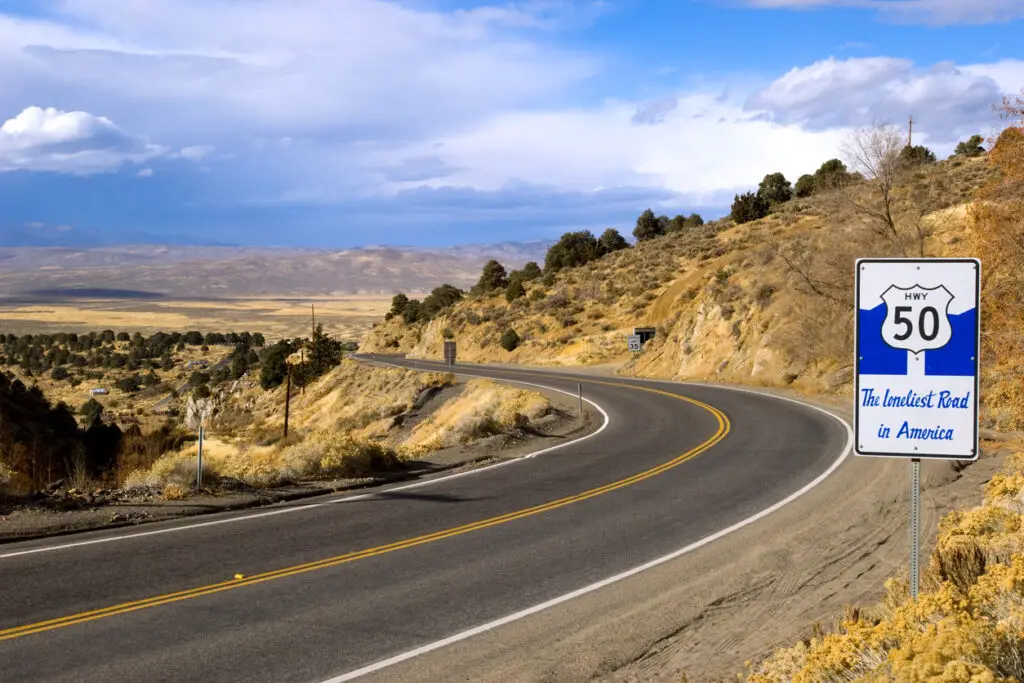
Nevada’s stretch of U.S. Route 50 earned its nickname honestly. For decades, travelers could drive for hours without seeing another car. It wasn’t glamorous, but it was liberating — just you, the desert, and the hum of your tires. The emptiness was the point.
Now, even loneliness has become a tourist attraction. Road-trippers stop for selfies with “Loneliest Road” signs and souvenirs that wink at isolation. Yet, if you drive far enough between Ely and Fallon, the silence still feels absolute. Out there, freedom is the sound of nothing.
8. The Overseas Highway, Florida Keys

When it opened in 1938, the Overseas Highway felt like a miracle — a road that seemed to float across turquoise water. Drivers hopped from key to key, passing coral reefs and sun-faded motels straight out of postcards. For generations, it symbolized the idea that paradise was just one road trip away. The ocean didn’t separate America from the tropics; it connected them.
Now, storms and sea-level rise threaten this fragile stretch. But the drive still delivers that intoxicating mix of humidity and possibility. The Seven Mile Bridge remains one of the most cinematic roads in the country. For a few hours, it’s just you, the sea, and the horizon.
9. The Going-to-the-Sun Road, Montana
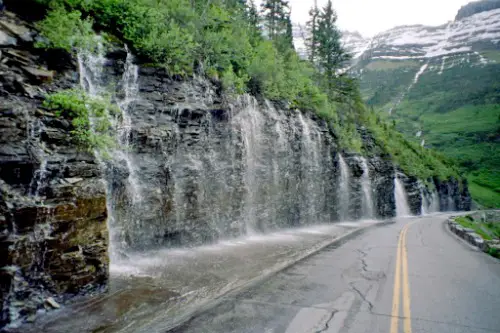
Carved into the spine of Glacier National Park, this road redefined what “scenic” could mean. Opened in 1933, it carried travelers straight into the clouds — and closer to something sacred. It wasn’t just about reaching Logan Pass; it was about feeling small in the face of glaciers and time. For many, it was their first taste of real wilderness.
Now, climate change has melted many of the glaciers that gave the park its name. The road still opens only a few months each year, a reminder that freedom here is fleeting. Traffic may be heavier, but the awe remains. Sometimes, the climb itself is the liberation.
10. The Natchez Trace Parkway, Mississippi to Tennessee
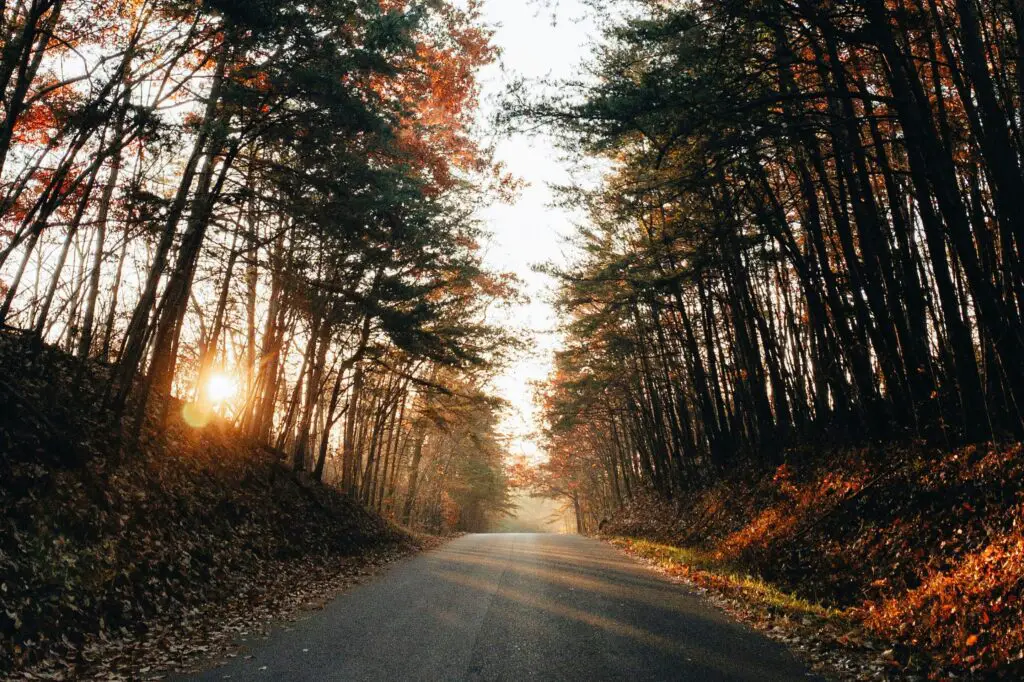
Long before cars, the Natchez Trace was a Native American footpath — later used by traders and settlers heading north. When it became a parkway, it offered a peaceful alternative to roaring highways. Drivers glided past cypress swamps and Civil War relics, the air thick with history. It was a drive meant for reflection, not rush.
Today, it remains blissfully free of billboards and commercial clutter. But few travelers make the full trip anymore, choosing speed over stillness. Those who do are rewarded with quiet, deer crossings, and a kind of freedom that feels earned. It’s a road that asks for your patience — and pays it back in peace.
11. The Columbia River Highway, Oregon
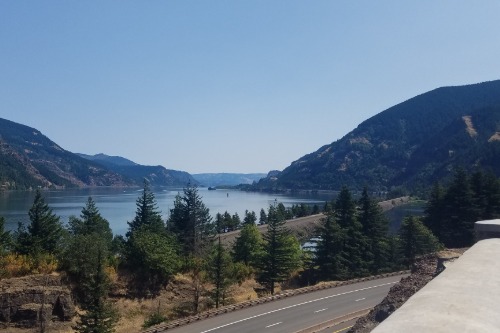
When it opened in 1916, this road was hailed as “the King of Roads” — America’s first scenic highway. It was built not just for function but for beauty, with stone bridges and sweeping views of waterfalls like Multnomah and Latourell. Driving it felt like gliding through a painting. It was an early love letter to the idea of driving for joy.
Much of the original road has been replaced by faster routes, but restored sections remain. Cyclists and dreamers still trace its gentle curves, chasing mist and memory. It’s less a highway now and more a hymn to craftsmanship and care. Freedom, here, is preservation.
12. U.S. Route 20, Boston to Newport, Oregon
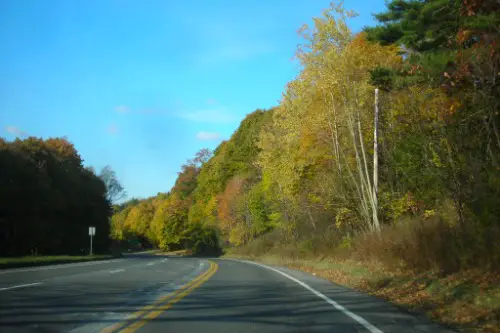
Stretching coast to coast, Route 20 is the longest road in America — and for a time, it was the ultimate cross-country adventure. From Massachusetts towns to Yellowstone’s geysers, it offered a slice of nearly every landscape. Before cheap flights, this was how you discovered the country: mile by mile, diner by diner. The road connected the Atlantic to the Pacific and everything in between.
Now, it’s overshadowed by faster interstates. But those who take it rediscover what travel used to mean — detours, conversations with strangers, and the rhythm of the open road. It’s America in long form, unedited. Freedom that takes time, not shortcuts.
13. U.S. Route 30, The Lincoln Highway
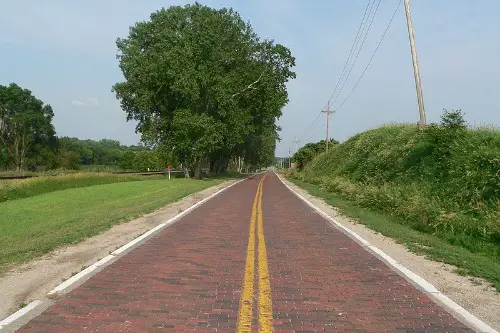
America’s first transcontinental highway was more than pavement — it was a promise. Stretching from Times Square to San Francisco, the Lincoln Highway opened in 1913 as a call to explore. It turned dusty trails into the nation’s first coast-to-coast road trip. Every car that crossed it was part of something historic.
Now, the Lincoln name lingers mostly on old markers and museum displays. Yet, fragments of the route remain drivable, connecting towns that once boomed with travelers. To follow it today is to trace the skeleton of America’s early wanderlust. Freedom may look different now, but its bones are still there.
14. U.S. Route 101, Washington to California
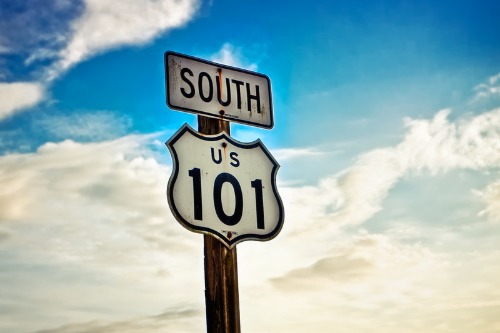
Before interstates carved shortcuts, Route 101 was the Pacific Coast’s backbone. It curved past redwoods, fishing towns, and fog-swept beaches. For decades, it was the West Coast’s answer to Route 66 — a road that made you feel alive with every turn. The drive was its own kind of oceanfront meditation.
Today, it’s busier, slower, more crowded — but the spirit lingers. The sound of the waves still syncs with your tires as you roll through Oregon’s sea cliffs or California’s golden light. Even when it’s nostalgic, it’s still magic. Freedom might fade, but it never fully disappears on 101.
This post 14 American Road Trips That Used to Mean Freedom was first published on American Charm.


